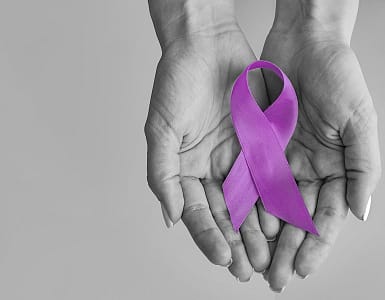A new report published by the World Health Organisation (WHO), says that 1 in 6 adults across the globe have experienced infertility at least once in their lifetime. Now, the WHO are calling for countries to collect more consistent data on this distressing condition.
Officials at the WHO say they’ve taken into account numerous research approaches and have collated data from research conducted between 1990 and 2021. From this data, they conclude that 17.5% of adults around the world have been affected by the inability to have a child.
Broken down, this equates to 17.8% of adults in high income countries and 16.5% in low and middle income countries.
As defined by the WHO, infertility is “a disease of the male or female reproductive system that is defined by the failure to achieve a pregnancy after 12 months or more of regular unprotected sexual intercourse”.
Chief of the UN Health Agency, Tedros Adhanom Ghebreyesus, says, “The sheer proportion of people affected shows the need to widen access to fertility care and ensure this issue is no longer side lined in health research and policy”.
One positive is that there’s no clear evidence of an increase in global infertility during the research dates, James Kiarie, the global health agency’s unit head for Contraception and Fertility Care, told journalists at Reuters.
He said, “Based on the data we have, we cannot say that infertility is increasing or constant … the jury’s still out on that question”. But he also said that the “data so far has been mixed and inconsistent”.
Hence the need for better and more consistent data collection, and crucially, to share it between nations, including data separated by age and cause, as well as detailed information on who needs medical intervention, and to what extent.
These are devastating numbers of people struggling with the impact of infertility, whatever the outcome, and our heart goes out to all of them. We welcome the news that the WHO are calling for a better sharing of decent information to help encourage research into better prevention and treatments.















